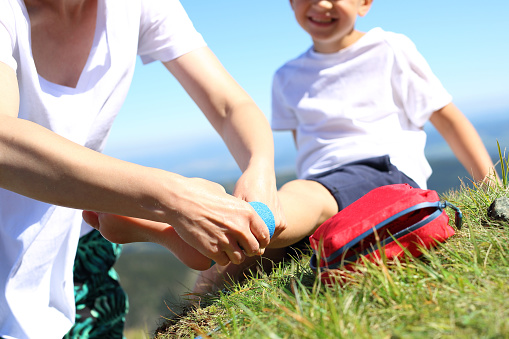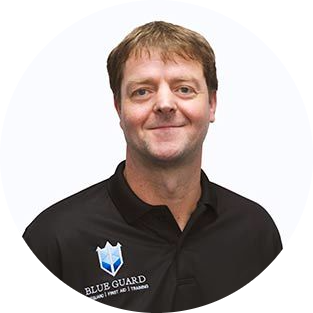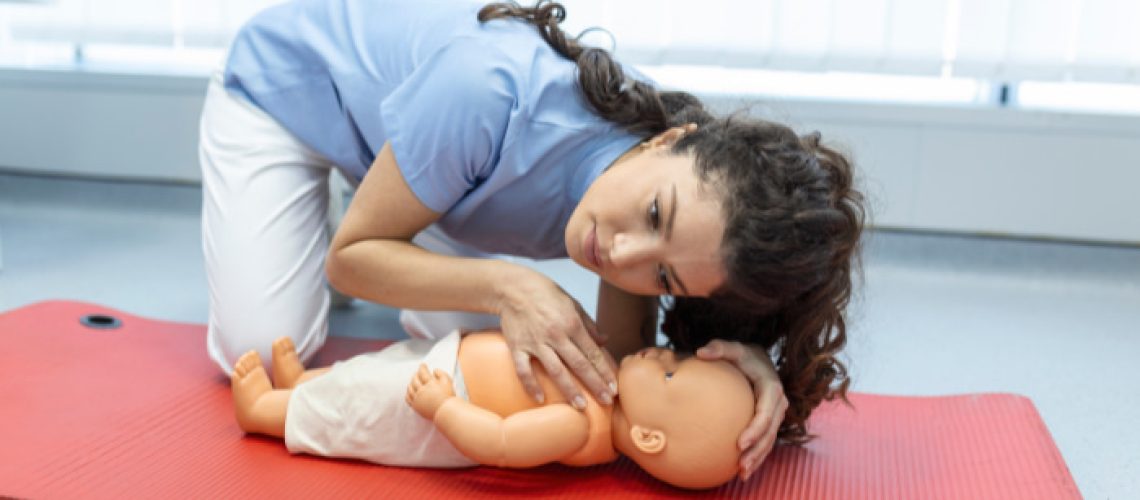Selecting a first aid course most suitable for your needs is very important. For most, a general first aid course will do the trick. For others, more specific training such as pediatric or wilderness first aid may be more suitable for their personalized goals. The ideal first aid course will provide students with all of the training necessary to understand and manage any emergency situation they may encounter. In this blog, we will explore the difference between general first aid and pediatric first aid.
First Aid Courses & Kits
Traditionally, a basic first aid course teaches individuals how and when to utilize all of the contents that come in a first aid kit, and also help them understand which situations to use them in. Although the contents of a first aid kit may vary, especially if they are larger kits, most contain the basics to care for someone in an emergency situation. Contents may include, but are not limited to:
- Gauze and bandages
- Scissors and tweezers
- Wound cleaning products
- Personal protective equipment (PPE)
- And much more
In addition to learning how to use a first aid kit, you’ll also learn essential skills to help in an emergency situation, such as understanding the responsibilities of a first aid responder.
First responders learn how to properly assess an emergency situation. In most situations, it is not appropriate to move an injured person until help arises, but a proper first aid course will teach you the exceptions. After securing the scene, first aid responders will treat minor injuries. Whether it is stopping an injury from bleeding, stabilizing a broken bone, attending to a minor cut, or simply offering reassurance to someone who has bumped their head, first aid responders learn how to act swiftly and with confidence. Although most first-aid principles can be applied to individuals of all ages, there are a few minor things that make administering pediatric first-aid unique.

Pediatric First Aid
Emergency Pediatric First Aid Course are designed for anyone who will be working with children. Common examples would include daycare providers, teachers, nannies, lifeguards, and kids club providers. In most areas any individual working with children has a duty of care to keep those children safe, and is therefore mandated to have a pediatric first aid qualification.
It is important to take a course geared toward children because the illnesses and injuries children are prone to often require more specialized care than for an adult. For example, should an infant stop breathing, performing CPR in the same way that you would on an adult, would likely injure the child. A pediatric first aid course offers plenty of modifications, specifically geared toward children. In addition to learning these modifications, a pediatric first aid course will teach:
- How to deal with an infant who is having a seizure
- How and when to put an unresponsive child into a recovery position
- The proper techniques to help a choking child
- Adaptations of the basic first-aid skills that can be used with adults
Find a First Aid Course to Meet Your Needs with Blueguard
At Blueguard our First Aid Courses are designed to provide the public, local facilities, and municipalities with the knowledge to provide lifesaving care during an emergency situation. With plenty of course options such as pediatric first aid and basic first aid to choose from, there is something to meet everyone’s needs.
If you’re interested in signing up for an Emergency or Pediatric First Aid course, contact a member of the Blueguard team today!

Kim Beasley
Lifeguard & First Aid Instructor





